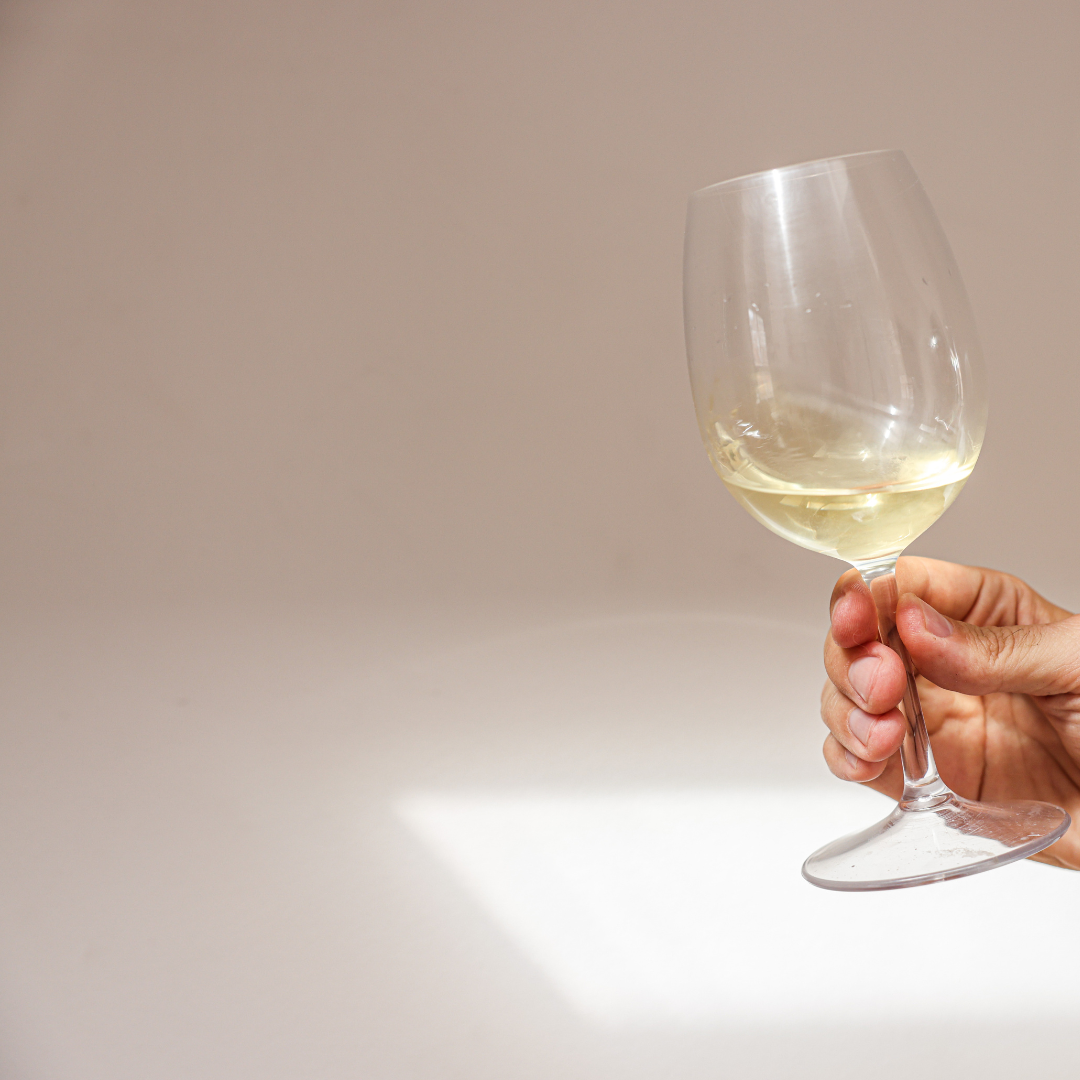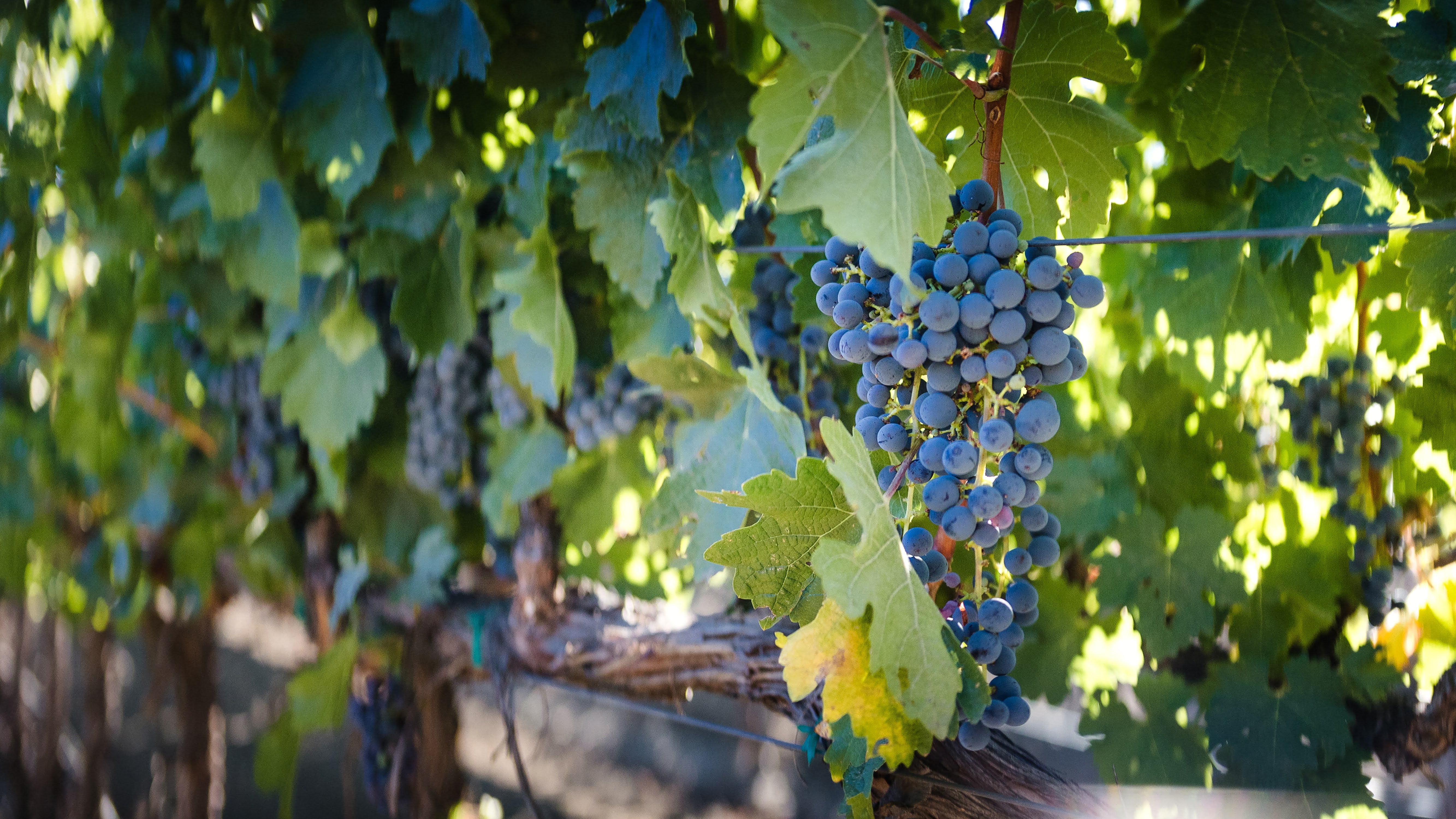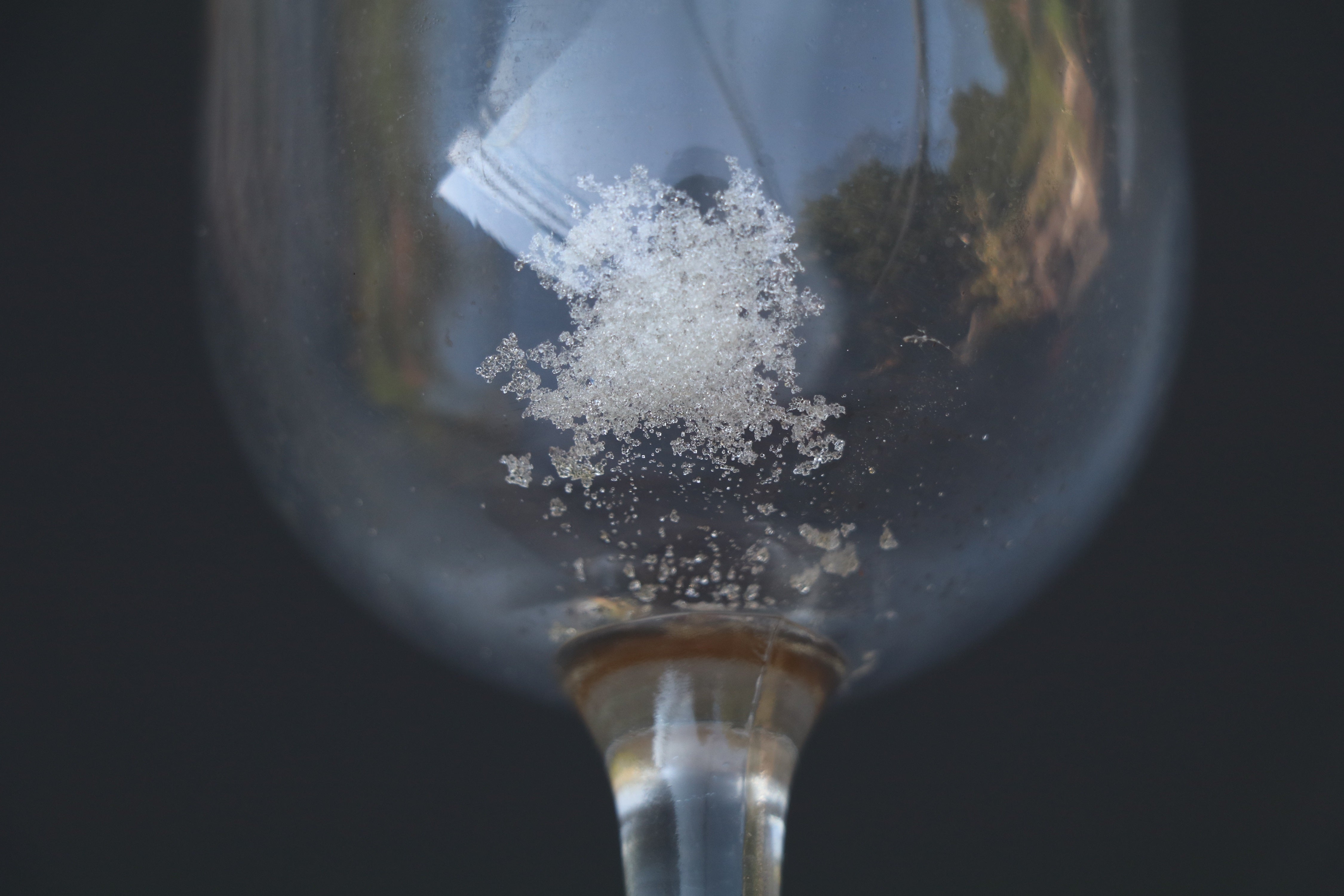
Low Alcohol Wine: How Is It Made And Is It Really Better For You
Wine has been a beloved beverage for centuries, but with the rise of health consciousness and changing drinking habits, many people are now seeking out low and no alcohol wine. But how is it made? In this Wine Wisdom blog post, we'll explore the process of creating low and no alcohol wine.

Low alcohol wine is generally defined as wine that contains less than 11% alcohol by volume (ABV), while no alcohol wine has an ABV of 0.5% or lower. To create these beverages, winemakers use a variety of industrial techniques that differ from traditional winemaking.
One of the most common methods is called vacuum distillation. This involves placing the wine in a vacuum still, which lowers the boiling point of the alcohol. The wine is then heated, and the alcohol evaporates at a lower temperature than the other components of the wine, allowing it to be separated and removed. The remaining liquid is then bottled and sold as low or no alcohol wine.
Another technique used to create low and no alcohol wine is reverse osmosis. In this process, the wine is passed through a filter that separates the alcohol from the other components of the wine. The alcohol is then removed, and the remaining liquid is bottled as low or no alcohol wine.
Winemakers can also use a combination of these techniques, such as vacuum distillation followed by reverse osmosis, to achieve the desired level of alcohol in the wine.
It's worth noting that the process of creating low and no alcohol wine can alter the flavor and aroma of the wine. Removing the alcohol can also affect the mouthfeel, body, and texture of the wine. To compensate for these changes, winemakers may add other flavors and ingredients to the wine, such as grape juice, water, or artificial flavorings.

Many are critical of the effects these techniques have on the wine, including Esther Mobley, senior wine critic for the San Francisco Chronicle. “They mostly taste like the real thing, but there’s something off,” wrote Esther in a March 20, 2023 article. “Some low-alcohol wines have a bitter, almost metallic aftertaste; others taste artificial, like cotton candy or bubble gum. At best, they’re inoffensive and bland, like watered-down wine.”
Despite this, the growth of low and no alcohol wine has been significant, as consumers search for a “healthy” option. However, in lieu of drinking “watered-down wine” made using harsh production techniques and unwanted additives, we are in favor of adopting a more moderate lifestyle by enjoying one great glass of (full-strength) wine, every once in a while. No more guilt about wasting a bottle or feeling compelled to have just one more glass thanks to our mini wine bottle from Wander + Ivy.
Make the most of moderation and indulge every once in a while with a refreshing Sauvignon Blanc, a bright Chardonnay, or a delicious Red Wine Blend. You deserve it!


